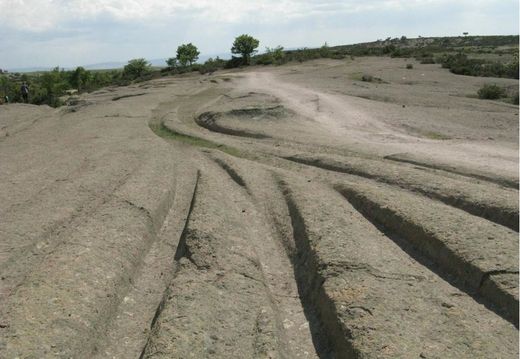
Dr. Alexander Koltypin, geologist and a director of the Natural Science Scientific Research Centre at Moscow's International Independent University of Ecology and Politology has recently completed investigations at the site in Anatolia which is marked with strange ruts, described as "petrified tracking ruts in rocky tuffaceous deposits' made from compacted volcanic ash," according to MailOnline.
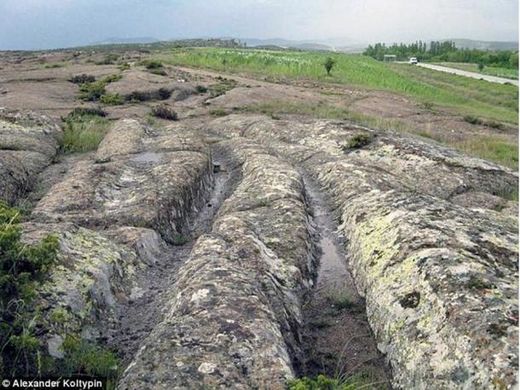
Koltypin and colleagues have examined the rocky fields interlaced with deep grooves, and have suggested that it was indeed vehicles which caused the tracks, but not lightweight carts or chariots. Instead he suggests the "unknown antediluvian all-terrain vehicles" were huge and heavy. In addition, he dates them back to approximately 14 million years ago, and claims they were driven by an unknown civilization.
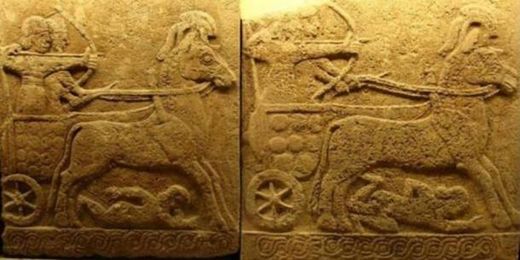
The geologist says with certainty that the ruts are prehistoric without a doubt, due to the weathering and cracks observed.
"The methodology of specifying the age of volcanic rocks is very well studied and worked out," Koltypin said.
The scientist notes that the distance between each pair of tracks remains consistent, and that the measurement fit that between the wheels of a modern vehicles. However, the tracks are much too deep for today's cars, raising more questions about what sort of transport device was being used.
Comment: Plus, the "tracks" seem to be joining in the first picture. The "cart" theory doesn't seem to hold in this case. Also, who is to say that a civilization 14 million years ago was primitive? Could the tracks be indications of an advanced civilization and its technology? Or are they absolutely "natural"?
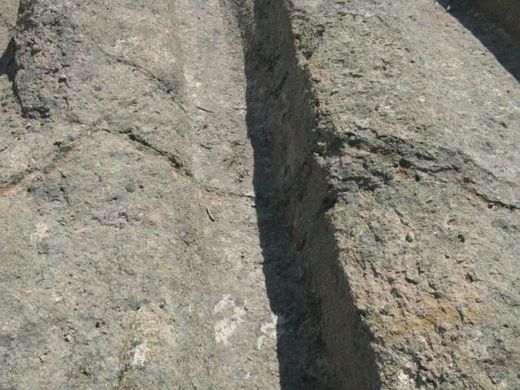
News site Express reports that Koltypin believes the deep channels were cut into the soft, wet soil and rock due to the sheer weight of the large prehistoric vehicles. He says, "And later these ruts - and all the surface around - just petrified and secured all the evidence. Such cases are well known to geologists, for example, the footprints of dinosaurs were 'naturally preserved' in a similar way."
Koltypin is aware that his claims are controversial, but says mainstream academia will not address the subject matter as it will "ruin all their classic theories."
"I think we are seeing the signs of the civilization which existed before the classic creation of this world. Maybe the creatures of that pre-civilization were not like modern human beings," he proposes.
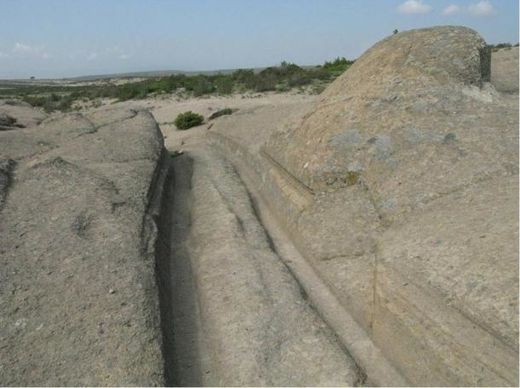
Like the channels at Malta, questions remain surrounding the deep tracks cut into the stone in the Phrygian Valley.
Koltypin's research work continues as he investigates anomalous sites, but it will likely be some time before established academia embraces his unconventional theories.
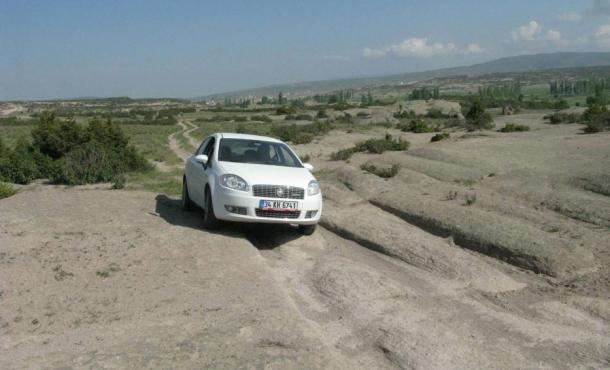
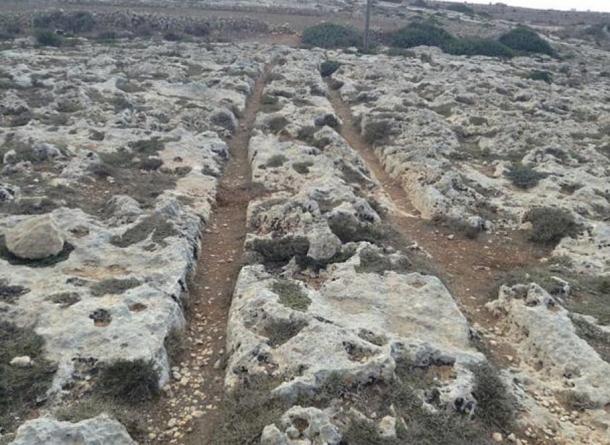



Look at the edges of those tracks, they are very sharp and not erroded as you would expect 14 million year old rock on the surface to be.
It is possible that the welded tuff into which the tracks have been cut is not that old. Blind laboratory studies of the newly minted sedimentary rock laid down around Mt. St. Hellens in the 80's have resulted in age estimates of millions of years old while being only 30 years old. [Link]